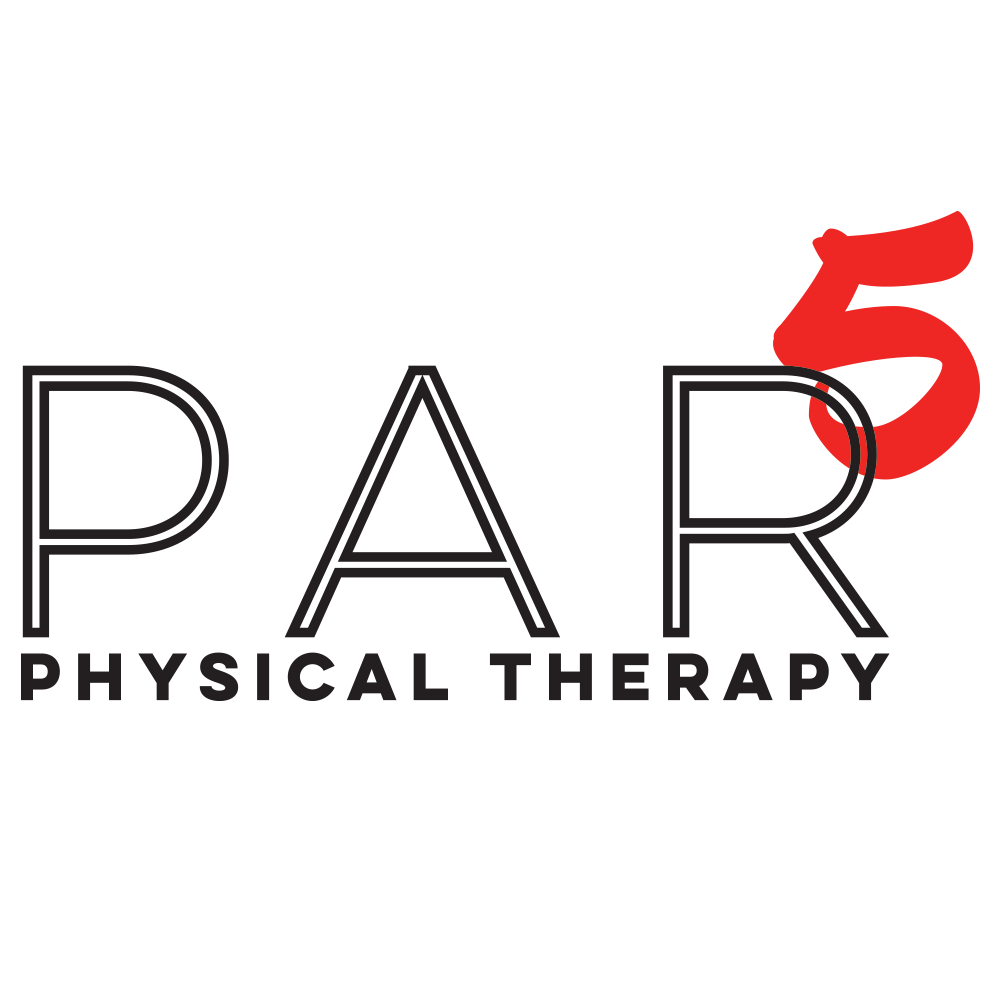Neck pain and Physical Therapy
Neck pain is becoming more and more common. So much so, that the term “text neck” has entered the general lexicon. It comes from the pain and soreness that occurs with too much smartphone use. I see it all the time. You may be reading this on your smartphone. Your head is tilted forward, looking down at your screen at an angle that would normally be uncomfortable, but your body has adapted to it and it feels normal to you.
This is the situation that many people find themselves in: a position that is not meant to be "normal", feels "normal" as our bodies adapt to the positions we assume on a daily basis.
Then at some point, neck pain starts to become intense enough that you may seek medical treatment. But perhaps you don't, perhaps you search online for "neck pain and how to cure it". You might try some self-help techniques. They may work, they may not.
Here's the secret: posture is important (of course), but also addressing areas of the body that connect to the neck is important as well. This means that neck pain treatment shouldn't stop at the neck, it should include the shoulders and mid-back as well.
Our body is an interconnected system of systems. Position of the shoulders and mid-back can influence the neck position. A forward head (that can cause tightness in the back of the neck and head) can be caused by a rounded mid-back and shoulders.
Think about a stack of building blocks. If you want the stack to not fall down, all the blocks must be lined up on top of one another. The same goes for the body. If one part is leaning too much one way, the part above it will have to lean the other way to compensate and remain in balance. An imbalanced system of blocks needs to be held up against gravity. That system in your body is the soft tissue (muscles, tendons, ligaments, and fascia) that are connected to your neck, shoulders, and mid-back.
Corrective soft tissue work is where I usually start in terms of treatment. The general rule of thumb is to loosen tight tissue and increase the strength of weak tissue (this is a huge oversimplification). This is followed up by re-educating the system to a new "normal" body posture (probably the most important part).
Is it easy? Maybe. It depends on how successful the re-education component is and how well the client is at reintegrating this new posture to everyday life.
It’s almost like a check list I go through in my head:
check thoracic extension and rotation mobility
check shoulder mobility
check anterior chest, shoulder, and neck tissue extensibility
check head, neck, and shoulder position.
check active and passive range of motion of all segments in different positions
check strength of postural musculature and coordination
assess posture and environmental factors
If we go step by step, generally we can reveal the true cause of neck pain. And depending on which step is the most compromised, we can lay out a treatment plan that can be performed independently or with manual interventions.
If neck pain is stopping you from doing things that you love to do, contact PAR5 Physical Therapy for more info and other ways to treat your neck pain.

